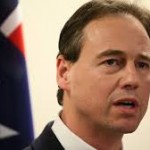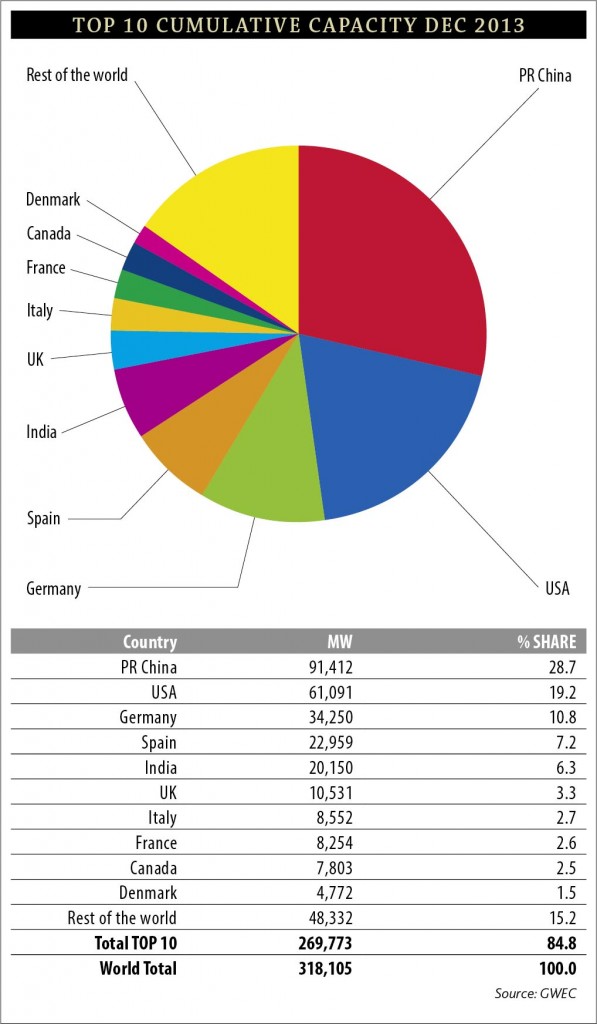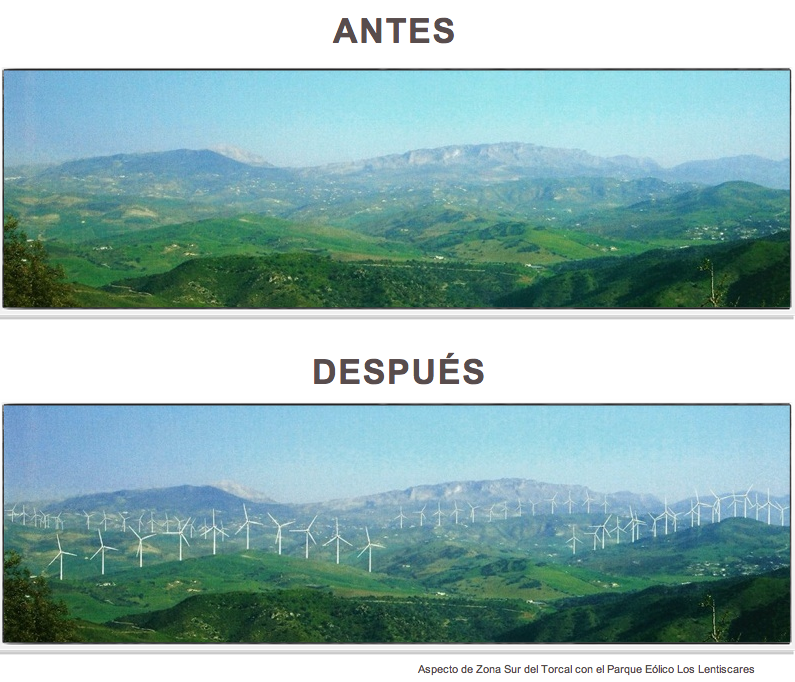In doing the research for last week’s post on Australia and Climate Change, I came across a fascinating web site called Stop These Things which is committed to putting the brakes on the development of Wind Power in Australia and around the world.

In the rough and tumble world of Australian Politics, the Stop These Things people feel betrayed by Tony Abbott and his Minister for the Environment, Greg Hunt, because the Emissions Reduction Fund which they are developing to replace the repealed carbon trading scheme, will support wind projects in Australia. Furthermore the co-Chairman of the group of experts, who wrote the white paper on which the law is based, is actually, David Green, the Chief Executive of Australia’s Clean Energy Council which brings together the industry associations of solar, wind, etc. and who logically supports big wind projects such as the Ceres Wind Farm which will be the largest wind farm in the Southern Hemisphere with 197 turbines producing 600 megawatts of power.
Big Business
The wind energy business built 35, 467 MW of capacity on 2013 which was considered a bad year for the industry by the Global Wind Energy Council due to uncertainty in the regulatory climate in the U.S. and a relatively low price of natural gas due to the continued boom of shale gas. Worldwide, China has the largest installed base followed by the U.S., Spain and other countries. Denmark, how of wind pioneer Vestas has 4.8 GW of installed capacity and generates about 30% of the countries electricity needs.

Vestas is still number one in the business at the end of 2013 followed by Goldwind (China), Enercon (Germany), Siemens, Suzlon (India), and then GE and Gamesa from Spain. Altsom’s offshore wind technology was also perhaps one of the reasons for GE to make its play for the French energy giant this spring as GE is strong on the shore but could befit form Alstom’s new Haliade 150.
Local Opposition
On the surface what could be wrong with wind power? Wind generators take a free, natural resource and turn it into usable electric power with no emissions and negligible variable cost.
The problem is that the generators do need to be built, erected, and serviced so there is a cost involved and carbon emissions associated with their manufacturer. Also, one of the most critical components of a modern wind generator is its gearbox and the most advanced units are made with powerful magnets made with rare earth metals which mostly come form China and as discussed in an earlier post, have serious environmental consequences.
Another important issue is that the wind normally blows the strongest far away from the towns and cities that need the power requiring electricity to be transmitted over long distances which have cost and environmental implications.
The biggest problem, however, is that local residents typically are very much against the location of wind farms in their vicinity as the giant machines are reported to cause health problems in humans and animals and have a powerful visual and ecological impact on the environments in which they are located. A number of sites lst these issues including Stop These Things, the North American Platform Against Windpower, and many smaller groups set up to fight specifc projects such as El Quijote contra los Molinos, a group in Spain which uses the imagery of Don Quijote charging against windmills to stop what they perceive to be the destruction of a treasured natural environment for a few megawatts of power.
NIMBY and James Lovelock
 Not in My Back Yard or NIMBY is, I believe, the issue at the heart of much of the opposition to wind power as the fact is the technology is, at least, intrusive and does change the nature of the landscape. This is, by the way, part of the big push offshore as there are no neighbors in the middle of the sea!
Not in My Back Yard or NIMBY is, I believe, the issue at the heart of much of the opposition to wind power as the fact is the technology is, at least, intrusive and does change the nature of the landscape. This is, by the way, part of the big push offshore as there are no neighbors in the middle of the sea!
Perhaps the most famous critic of wind power is James Lovelock, the 95 year old father of ecology itself who developed the idea of the earth as a self regulated organism with the name of Gaia. In his 2007 book, The Revenge of Gaia, Lovelock condemns wind energy and gives his view that it is a crime to destroy the beauty of the countryside so that people in the cities can continue to live an unsustainable lifestyle.
My view is that we need the technology but perhaps have to be a bit more careful where to put the turbines.


